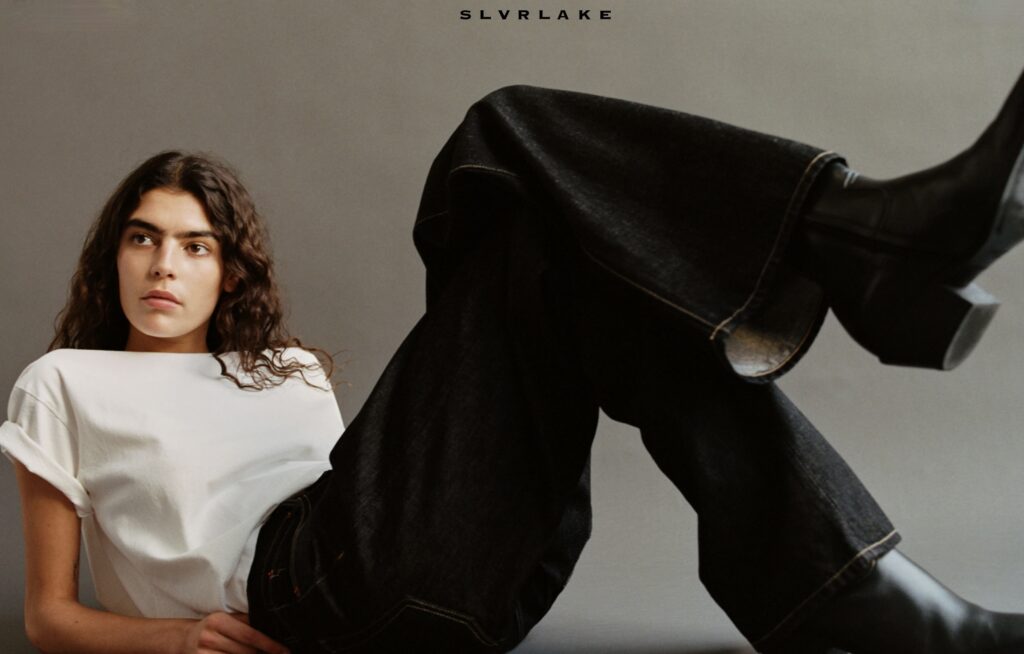A couple of weeks before Chanel made headlines for its newly-issued 600 million euro ($699 million) sustainability-linked bond, Burberry announced that it would issue “the first sustainability labeled bond issued by a luxury company.” In furtherance of its “longstanding commitment to sustainability and dedication to using its position and influence to drive social and environmental improvements,” the British brand revealed that it would offer up a sterling sustainability bond with green strings attached.
Burberry says that the £300 million ($385 million) debt instrument – which will be due in September 2025 – is subject to targets set out in its Sustainability Bond Framework, making the bond the latest effort in the socially responsible debt market, which Bloomberg says is “increasingly grow[ing] beyond utilities, banks and governments” to include the likes of fashion houses, luxury automakers, and telecommunications companies across the globe.
As for Burberry’s bond and relevant sustainability framework, it proves interesting for a few reasons, including the specific language about the brand’s sourcing of cotton. In its Sustainability Bond Framework, which was issued on August 2020, Burberry notes that one of its core goals comes in the form of ensuring cotton sustainability. Or more specifically, Burberry aims to “procure 100 percent of cotton more sustainably by 2022, using a portfolio approach, [which] includes working with partners, such as the Better Cotton Initiative and Textile Exchange, as well as exploring new sources, including organic and regenerative cotton.”
According to the Sustainability Bond Framework, “Leather, cotton and cashmere production account for c.30% of the Group’s overall environmental impact, and this production has significant impacts on rural livelihoods and ecosystems within Burberry’s supply chain.” As such, the brand is working to clean up its act.
The emphasis on cotton, in particular, is worthy of attention, as it potentially thrusts Burberry into the midst of a larger battle over cotton coming out of China and its headline-making Xinjiang region, where native and Western companies, alike, are increasingly being criticized over their alleged ties to forced labor.
Fashion Brands & Chinese Cotton
Right around the time that Burberry revealed its sustainability bond, the U.S. government was mulling potential new import restrictions on goods coming from Xinjiang, a major cotton-producing region in the northwest of the Chinese mainland that has been the subject of media and regulatory attention in light of alleged human rights abuses that come in connection with the country’s practice of mass detentions and forced labor that targets as many as 1.8 million Muslim Uighur and Kazakh minorities.
On September 14, the Trump administration confirmed specific import bans on a number of different types of goods that are made and/or processed in certain state-owned facilities. Among those black-listed products? Cotton that is produced and processed by Xinjiang Junggar Cotton and Linen Co., Ltd.
Despite speculation about far-ranging prohibitions on cotton and other products coming out of Xinjiang, the U.S.’s cotton-specific import ban is limited in scope. Regardless, it serves to put a spotlight on Xinjiang’s robust cotton sector as a whole – which accounted for a whopping 85 percent of all Chinese-grown cotton in 2019, with China producing about 22 percent of global cotton supplies, according to a report from the Center for Strategic and International Studies – and the large-scale reliance by Western brands on the region’s output.
“Global fashion brands source so extensively from Xinjiang that a coalition [of more than 170 human rights and trade groups] estimates that it is ‘virtually certain’ that as many as one in five cotton products sold across the world are tainted with forced labor and human rights violations occurring there,” the Guardian reported this summer. “Virtually the entire [global] apparel industry” – high fashion and luxury names, included – “is tainted by forced Uighur and Turkic Muslim labor,” in large part due to the difficulty that comes with tracing the origins of garments and their composite parts in multi-national brands’ sweeping supply chains.
Against that background, there is a growing amount of “pressure on brands and retailers to pivot quickly to identify and contract with other cotton supply sources in order to avoid [potential] major disruptions to their supply chains,” according to Cozen O’Connor attorneys Danielle Garno, Samuel Mogensen, and Heather Marx. They note that while the recent bans enacted by U.S. Customs and Border Protection do “not go as far as to ban the import of all cotton products from China into the U.S.,” they, nonetheless, put the industry as a whole “on notice that cotton and other products from this region are becoming controversial, and that further negative state action may follow should the situation persist.”
“Indeed, the European Union is already working on legislation mandating due diligence on environmental and human rights issues across the supply chain,” they state, recommending that fashion companies “be proactive in identifying potential problems or areas of vulnerability in their supply chain, and [be] prepared to engage with stakeholders to consider improvements as these issues continue to grow in importance.”
With this in mind, the approach being taken by Burberry – which has focused on overhauling its workings when it comes to sustainability after coming under fire for physically destroying tens of millions of dollars of unsold products as recently as 2018 – is a compelling, albeit almost-certainly-challenging, one.











